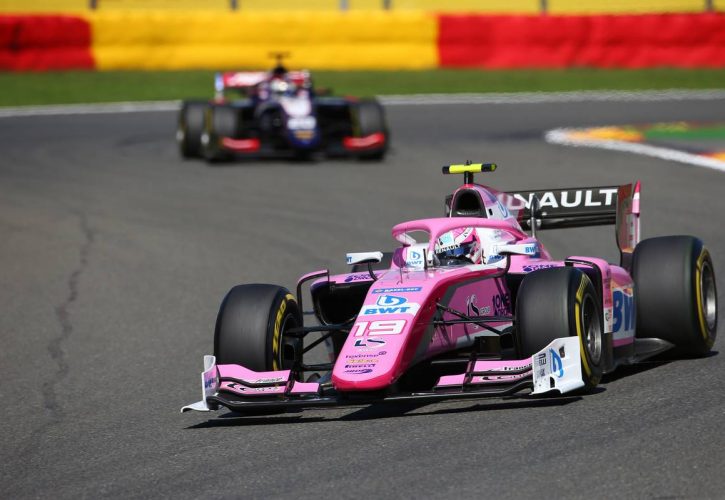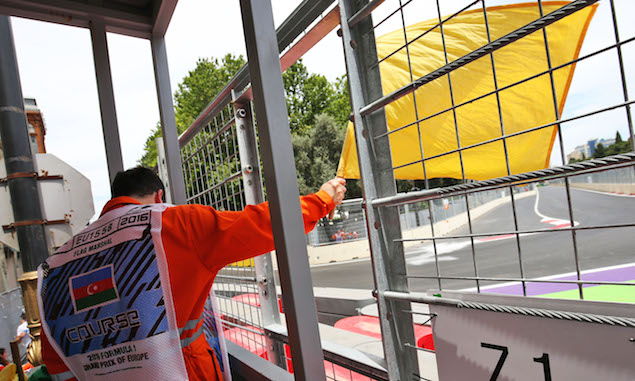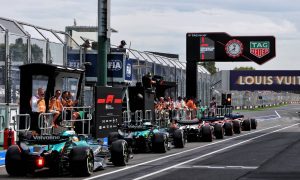
The FIA has published a series of safety recommendations following the completion of its investigation into 28 serious and fatal motorsport accidents in 2019.
The research included the governing body's analysis of the tragic accident that occurred at Spa last summer and that claimed the life of F2 racer Anthoine Hubert and seriously injured fellow racer Juan Manuel Correa.
At the forefront of the FIA's recommendation are more stringent crash tests applied to single-seater cars' survival cell, with an emphasis on improving the total energy absorption capability of the structures regarding their frontal and side areas.
"This process is already underway for Formula 1, Formula 4 and Formula E, with actions for Formula 2 and Formula 3 being incorporated into the next car update," stated the FIA.
"Complementing this work, research has commenced on a new generation of side impact structure.
"The target is a new design that would, to a high level of probability, be active in car-to-car impacts in order to further increase the regulated energy absorption capability of single seater type cars.
"As with the frontal impact structure, survival cell specifications will be evolved to ensure compatibility.
"A review of front wing design and specifically typical wing-to-nose attachment schemes, in order to mitigate the loss of complete front wing assemblies and the safety risks associated with this type of failure, is planned."

This work will also consider whether future generations of single seater cars could incorporate front wing designs that include “controlled failure” points, where only specific sections of the front wing would detach "to relieve load on the assembly and specifically nose mounting".
Research is also underway to "increase robustness of retention" of headrest designs, while "tethering" solutions are being investigated to prevent large pieces of debris detaching in the event of an accident.
Furthermore, regarding circuit design, "new and specifically additional efficient deceleration solutions for slowing out of control cars within run-off areas will be investigated, including the use of anti-skid and high friction surfaces".
The FIA is also planning full-scale testing to optimise barrier impact performance to include barrier systems specifically designed for low impact angles of between 0° and 20°.

Technology solutions will be investigated to reduce any latency in notification of drivers that they are approaching the scene of an incident, thus ensuring drivers are "quickly and reliably informed about the circuit status".
Among the warning solutions under consideration is the use of a car's rear rain light to inform following drivers of a yellow flag or other warning signals.
The FIA is also mulling the use of an automatic system to slow cars collectively through "the coordinated power reduction or redirection of cars following an incident".
Anthoine Hubert's fatal accident last year at Spa was the end result of a sequence of events triggered by a puncture suffered by Giuliano Alesi.
The FIA therefore focused part of its safety efforts on improving real-time tyre pressure monitoring.
A system is set to be deployed "to mitigate the possible loss of control of a car as a result of a puncture, providing the driver with information on tyre state, and specifically information about the current internal pressure of the tyres, could provide greater opportunity for a driver to modulate speed earlier and appropriately in an effort to avoid a loss of control".
Keep up to date with all the F1 news via Facebook and Twitter







